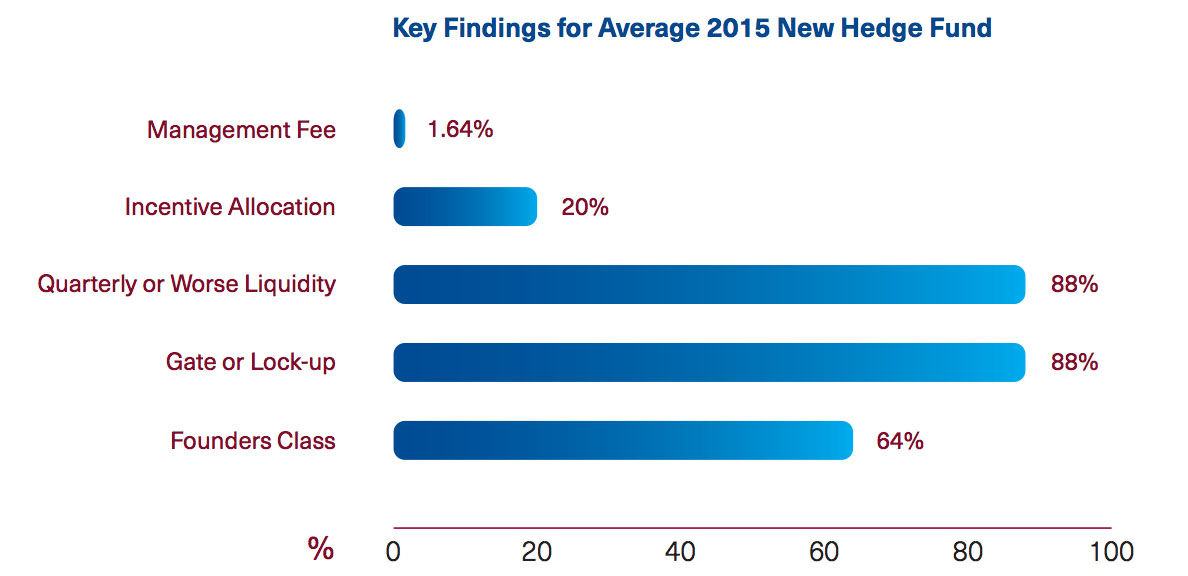Two-thirds of corporate pensions will change how they manage their plans in response to skyrocketing Pension Benefit Guarantee Corporation (PBGC) premiums, according to NEPC.
With flat-rate and variable-rate premiums set to increase over the next three years by 25% and 35%, respectively, plan sponsors are looking for ways to close funding gaps, NEPC Partner Brad Smith told CIO.
“A lot of our clients were saying, ‘Hey, this is a big deal, this has got our attention,’” Smith said. “Given the magnitude of the increase, it’s not really surprising.”
To avoid paying increasingly costly PBGC premiums—up this year to a $64 fixed rate and $30 variable rate—plan sponsors are turning to higher contributions, lump sum payouts, and pension-risk transfers.
Of the 66% who planned on changing their plans, 32% said they were considering making higher contributions. Another 32% cited the possibility of lump sum payouts.
A smaller proportion, 17%, said they would look into partial risk transfers.
“We’ve seen over the years a pretty significant increase in the number of plan sponsors at least evaluating the merits of a partial plan termination, and for those plan sponsors on the bubble this could be the data point they need to make it more economical for it to occur,” Smith said.
However, the consultant warned that the reduction in overall liabilities from a partial risk transfer would also bring a drop in funded status, as plans will have to settle the full dollar amount regardless of how well-funded they are.
“Kimberly-Clark settled a huge liability, but they also had to make a huge contribution to fund that pension-risk transfer,” Smith said. “Plan sponsors really need to be educated to understand that they could be forced to make higher contributions more quickly if they do a pension-risk transfer because their funded status will likely fall.”
NEPC also found that midsize plans—those with assets between $250 million and $1 billion—were the most likely to react to the rising premiums. Meanwhile, plans with assets totaling more than $2 billion were less likely to have changes intended.
“If you’ve got a $5 billion plan that’s 80% or 85% funded, it would take a big check to close the gap to make it fully funded,” Smith said.
Making contributions to fund liabilities was a more feasible option for the smaller plans. However, Smith acknowledged a client with more than $2 billion in assets also planned to make a special contribution to improve funding status in the near future.
Additionally, GM, one of the country’s largest corporate pension plans with liabilities exceeding $20 billion, announced last year it would borrow $2 billion to contribute to the plan——a move Russell Investments has said is now cheaper than paying PBGC premiums.
Smith agreed that an economic argument could be made for borrowing to fund the plan—but only if plan sponsors also de-risked their portfolios.
“If the goal is to avoid future variable-rate premiums and if you are going to borrow money to fund up the plan, you really do need to evaluate the merits of a hibernation strategy, where you significantly de-risk the asset portfolio and really lock down the surplus volatility,” Smith said.
Related: The ‘Vicious Cycle’ of PBGC Hikes; CIEBA Labels Premium Hikes a Threat to PBGC, Pensions; Russell: Borrowing Is Cheaper Than PBGC Premiums

 Source: Seward & Kissel’s “
Source: Seward & Kissel’s “